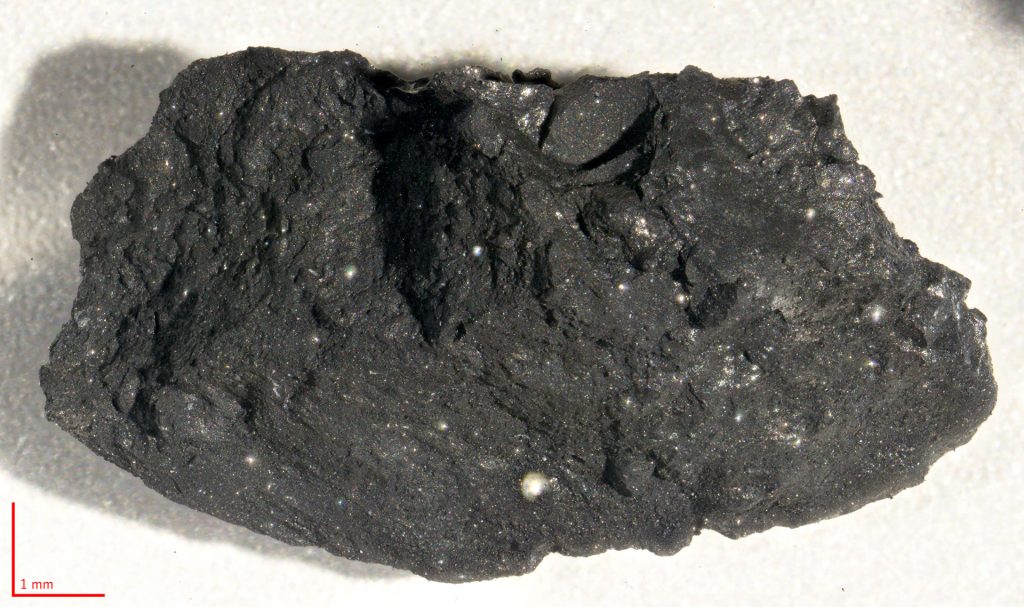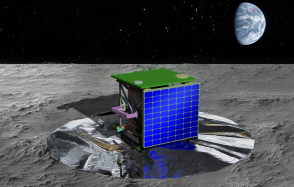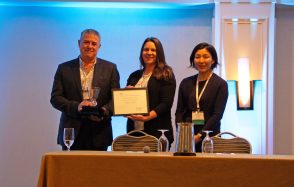To understand this excess of calcium, a new study has been carried out at the IPGP, again in collaboration with the international preliminary sample study team, to analyse the isotopic abundance of calcium in the Ryugu samples. Isotopic abundances retain a signature of the origin of elements, and their measurements are used in cosmochemistry to understand the processes that have affected elemental abundances.
Thanks to its plasma source mass spectrometer equipped with a collision cell (financed in 2021 with the help of the Île de France region’s major areas of interest programme), the first instrument of this type to be installed in France, the IPGP is currently the only laboratory in the world capable of carrying out ultra-precise measurements of calcium isotopic composition on minute quantities of samples.
The team at the institute responsible for these measurements has shown that the calcium isotopic signature of the Ryugu samples is similar to that of Ivuna-type meteorites, and can therefore be traced back to the initial calcium isotopic signature of the solar system. The study also shows that the calcium enrichment initially measured was due to an excess of carbonate minerals in the Ryugu samples. The formation of these carbonate minerals coincides with a major episode of aqueous alteration on the Ryugu asteroid ~5 million years after the formation of the solar system, i.e. more than 4560 million years ago.
Ref : Moynier, F., Dai, W., Yokoyama, T., Hu, Y., Paquet, M., Abe, Y., Aléon, J., Alexander, C.M.O’D., Amari, S., Amelin, Y., Bajo, K.-I., Bizzarro, M., Bouvier, A., Carlson, R.W., Chaussidon, M., Choi, B.-G., Dauphas, N., Davis, A.M., Di Rocco, T., Fujiya, W., Fukai, R., Gautam, I., Haba, M.K., Hibiya, Y., Hidaka, H., Homma, H., Hoppe, P., Huss, G.R., Ichida, K., Iizuka, T., Ireland, T.R., Ishikawa, A., Ito, M., Itoh, S., Kawasaki, N., Kita, N.T., Kitajima, K., Kleine, T., Komatani, S., Krot, A.N., Liu, M.-C., Masuda, Y., McKeegan, K.D., Morita, M., Motomura, K., Nakai, I., Nagashima, K., Nesvorný, D., Nguyen, A., Nittler, L., Onose, M., Pack, A., Park, C., Piani, L., Qin, L., Russell, S.S., Sakamoto, N., Schönbächler, M., Tafla, L., Tang, H., Terada, K., Terada, Y., Usui, T., Wada, S., Wadhwa, M., Walker, R.J., Yamashita, K., Yin, Q.-Z., Yoneda, S., Young, E.D., Yui, H., Zhang, A.-C., Nakamura, T., Naraoka, H., Noguchi, T., Okazaki, R., Sakamoto, K., Yabuta, H., Abe, M., Miyazaki, A., Nakato, A., Nishimura, M., Okada, T., Yada, T., Yogata, K., Nakazawa, S., Saiki, T., Tanaka, S., Terui, F., Tsuda, Y., Watanabe, S.-I., Yoshikawa, M., Tachibana, S., Yurimoto, H. (2022) The Solar System calcium isotopic composition inferred from Ryugu samples. Geochem. Persp. Let. 24, 1-6. https://doi.org/10.7185/geochemlet.2238










